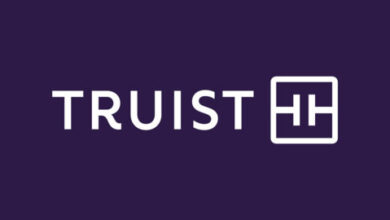Actions for broker-dealers to take ahead of customer protection rule amendments

Ahead of the enhancements to Securities Exchange Act (SEA) Rule 15c3-3—known as the customer protection rule—proposed by the U.S. Securities and Exchange Commission (SEC), many broker-dealers find themselves assessing how they will need to adapt to these enhancements and how they will affect their internal controls environment.
The rule update—not yet finalized by the SEC but projected to go into effect in 2024—will require carrying broker-dealers with high average credits, totaling more than $250 million, to make the relevant computations and money movements daily rather than weekly.
With a daily computation, affected broker-dealers may experience increased costs, “primarily related to the operational changes, staff increases and upgrades required for daily computing and the costs related to the recordkeeping requirements,” per the SEC. The commission anticipates that the “burdens associated with daily computations for customer reserve accounts would increase by 32,500 hours” (across the 52 broker-dealers the agency estimates will need to make this computation daily that do not currently do so).
The implications of this rule update will vary depending on the size of the broker-dealer, but planning strategically for it will be especially important for organizations that consistently have or may soon have customer credits over $250 million. This includes preparing employees for how the changes will affect daily and weekly operations, harnessing automation where there are opportunities to streamline the computation process, and ensuring the organization has strong, reliable controls.
Below we take a closer look at these three critical action areas for broker-dealers.
1. Prepare existing staff and consider hiring: Perhaps the most important area for organizations to focus on immediately is the impact of the rule update on the workforce. Because most employees responsible for the current weekly computations have a range of other responsibilities, the change will require adding new staff or consolidating the responsibilities of existing staff. But it will be critical to assess how the shift to a daily computation will affect existing workers’ overall workload, the potential strain on the performance of other duties, and whether it makes sense to hire or augment staffing to help the team adapt. With a limited pool of experienced candidates, competition for talent will get even tougher with the change in computation frequency.
While broker-dealers might consider how automation can help them adapt to the higher frequency of computing net cash owed to customers, it takes time to incorporate such tools, and to train employees in how to use them. In the meantime, we expect the rule update will bring new human capital costs as organizations adapt. Strategic workshops and other conversations within the organization can help ensure team members are aligned on how the coming changes will affect them and assist senior leaders in understanding their significance.
2. Harness automation tools: Broker-dealers should explore tools that can assist in performing the customer reserve calculation using report inputs and platforms that can streamline the computation. To prepare to adapt automated solutions, firms should assess the adequacy of their process and risk rating the various calculation inputs—risks include, for instance, materiality, dependence of the line item on reports furnished by third parties, and historical volatility of that line item.
Firms should remember that preparing to adopt an automation tool is just as important as implementing the tool. It will likely take four to five months to prepare the way data flows to the automation tool and another two or three months to properly acclimate the data into the automation tool. In addition, firms should give themselves time to perform the calculation using the “old” process and compare it to the “new” process to confirm that the calculation is complete and accurate. When implementing automation tools, organizations should also assess how the tools might benefit other parts of the business, such as trading, risk management, regulatory compliance and real-time back-office solutions.



